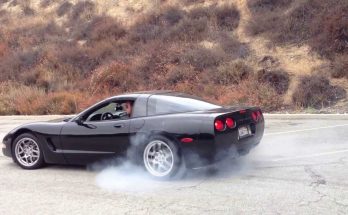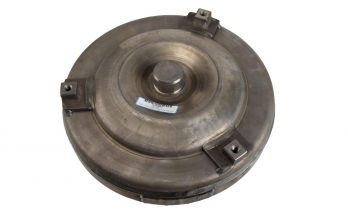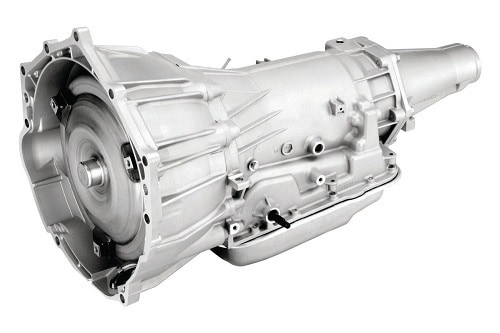You ask 10 people what rpm should a 4l60e shift at, and you might get 10 different answers. The truth of the matter is that what RPM you are shifting a 4l60e at under full throttle load depends on a number of factors, such as:
- Is the transmission built? If so, with what components
- Is the transmission stock
- How much power is being made
- Situation
Stock 4l60e / 4l65e transmissions shouldn’t be shifted at more than 6,000 RPMS. Can it be shifted higher? Yes, but this will quickly cause the longevity of the transmission to suffer and ultimately fail. Because the stock 4l60e has internals that cannot handle sustained load, a number of issues may be caused by repeated 6,000+RPM shifts.
Built 4l60e transmissions can be shifted quite a bit higher, especially if they have been tuned to reduce shift timing. The difference in being able to shift a built 4l60e higher is that the internal components are much stronger than a worn out factory unit, and most high performance 4l60e builders know how to make them live in the higher RPM range.
If you have an application where you shift your vehicle at a higher than normal RPM range, it’s always best to data log and see what mph and RPM your 4l60e is shifting at if you’re looking to make changes. In a lot of situations, a 4l60e might not be making the 2-3 shift quick enough and ultimately bounces off the rev limiter prior to making a shift.
If this happens, a data log may show that your shift timing, shift mph, and shift RPM points might be way off and require tuning.
At the end of the day, you can always test what RPM your 4l60e likes to be shifted at and makes the most power at the track. If you have a built 4l60e, you can get away with more if you had a stock unit.
Looking to tune your 4l60e? Get HP Tuners today!



